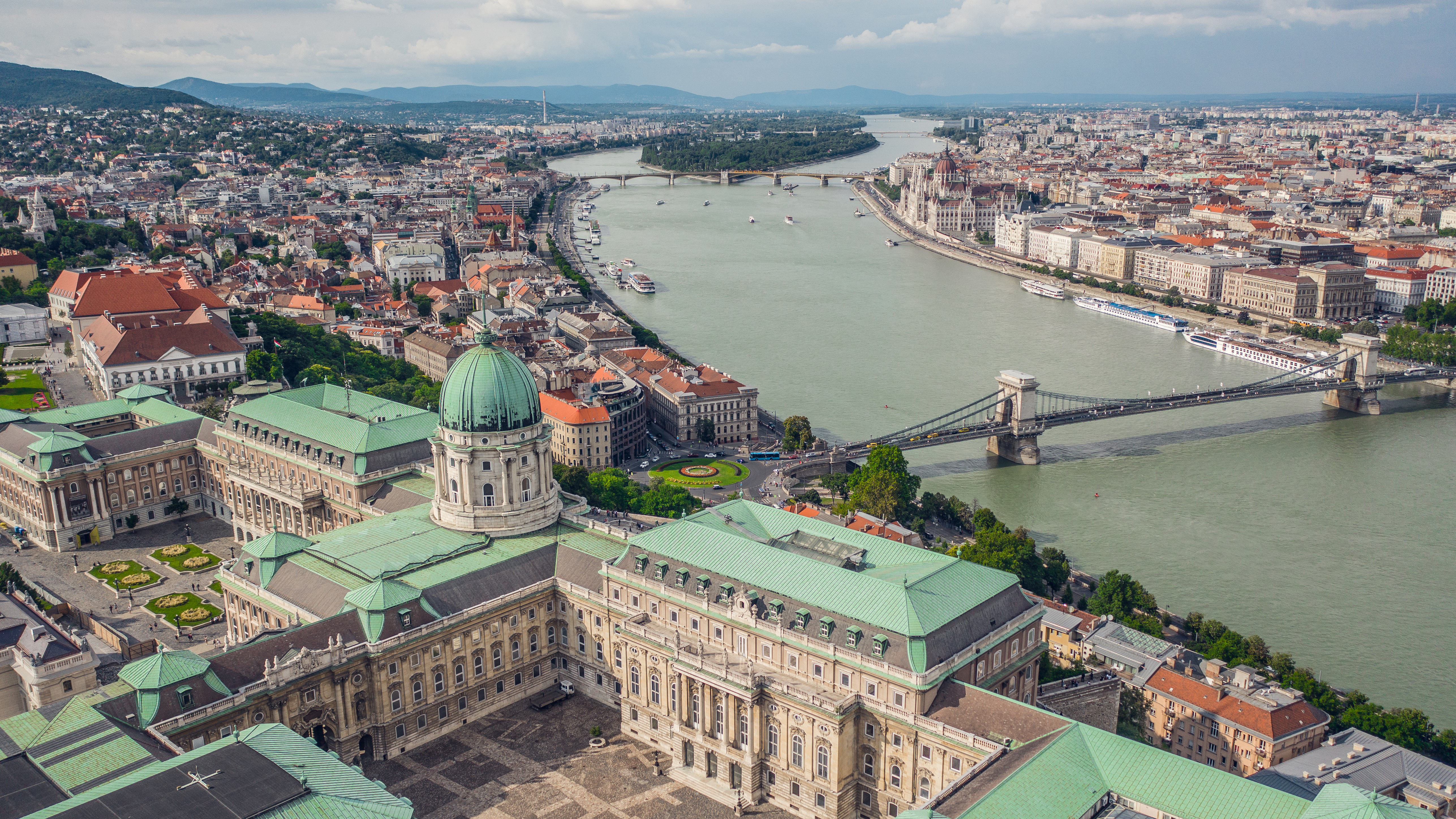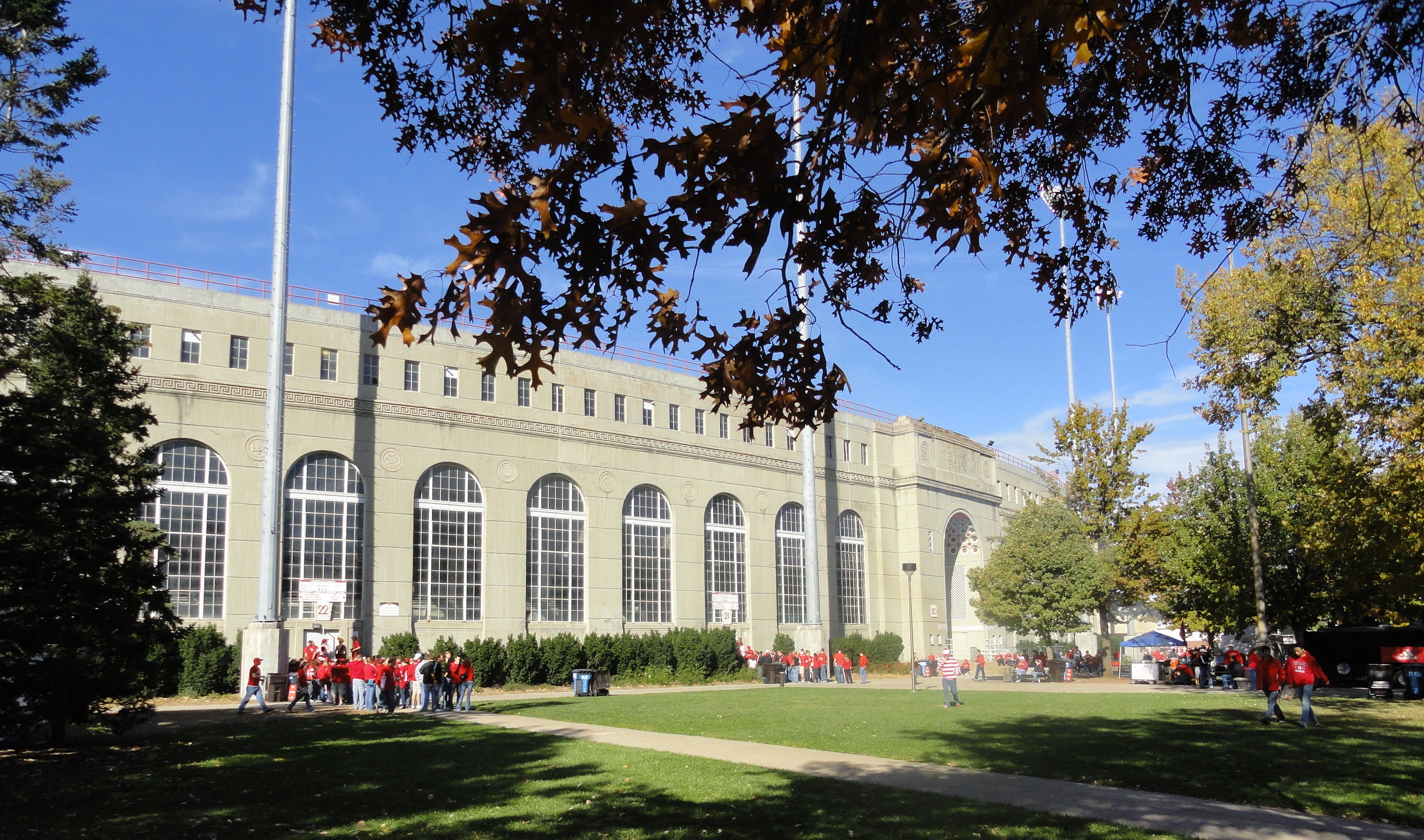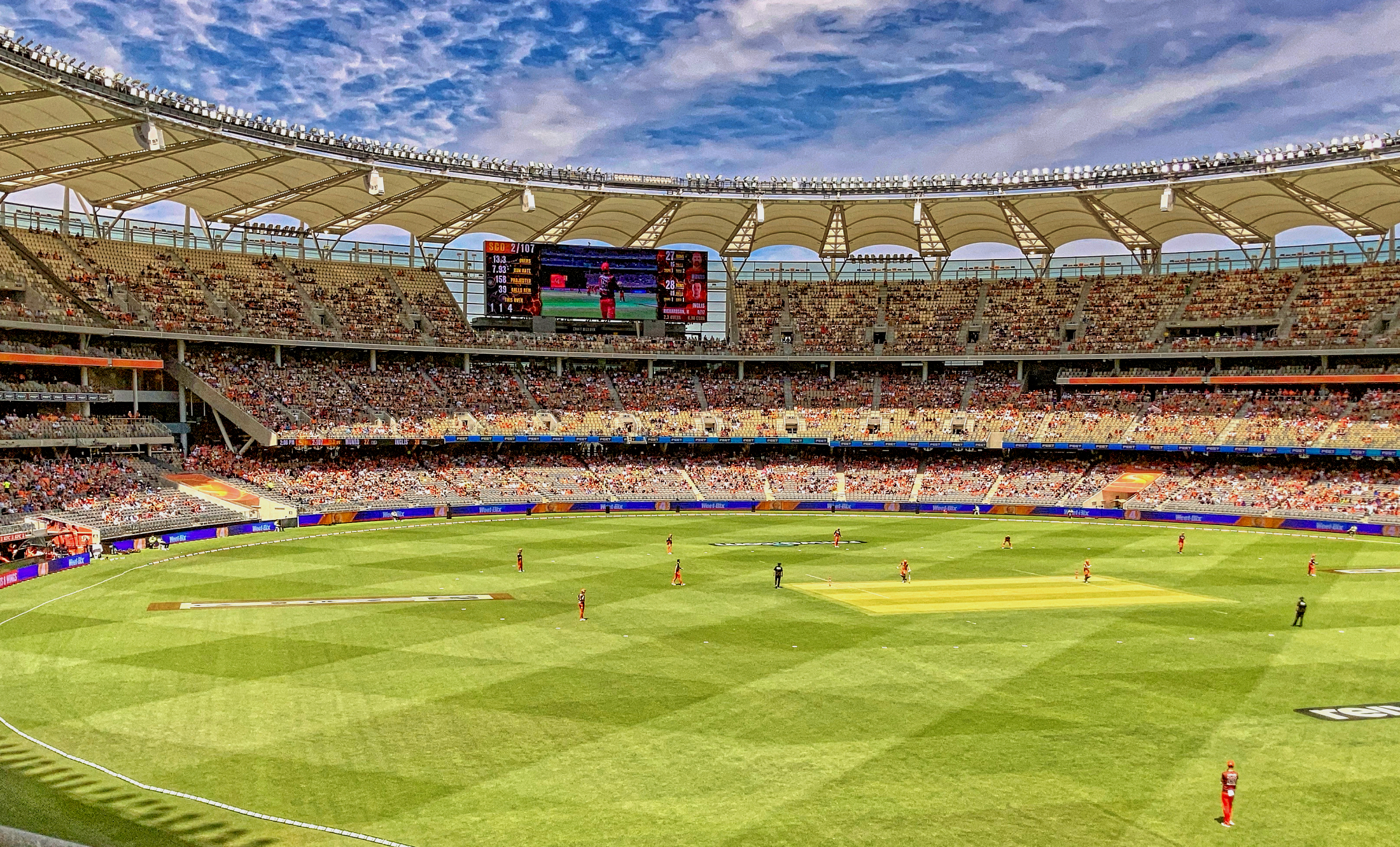The World's 11 Most Scenic Stadiums You Have to See to Believe
In the world of architecture, few structures captivate the imagination quite like stadiums. These colossal arenas are not just venues for sports and entertainment; they are masterpieces of design and engineering that reflect the culture, ambition, and technological prowess of their creators. Unlike traditional buildings, stadiums must accommodate massive crowds, withstand the rigors of weather, and provide an unforgettable experience for every visitor. This article embarks on a global journey to explore 11 of the most stunning stadiums, each a testament to human ingenuity and artistic vision. From the futuristic designs of Asia to the historical grandeur of Europe, these arenas are more than just places to watch a game—they are destinations in their own right, drawing visitors from around the world to witness their splendor firsthand.
1. The Iconic Bird’s Nest: Beijing National Stadium, China
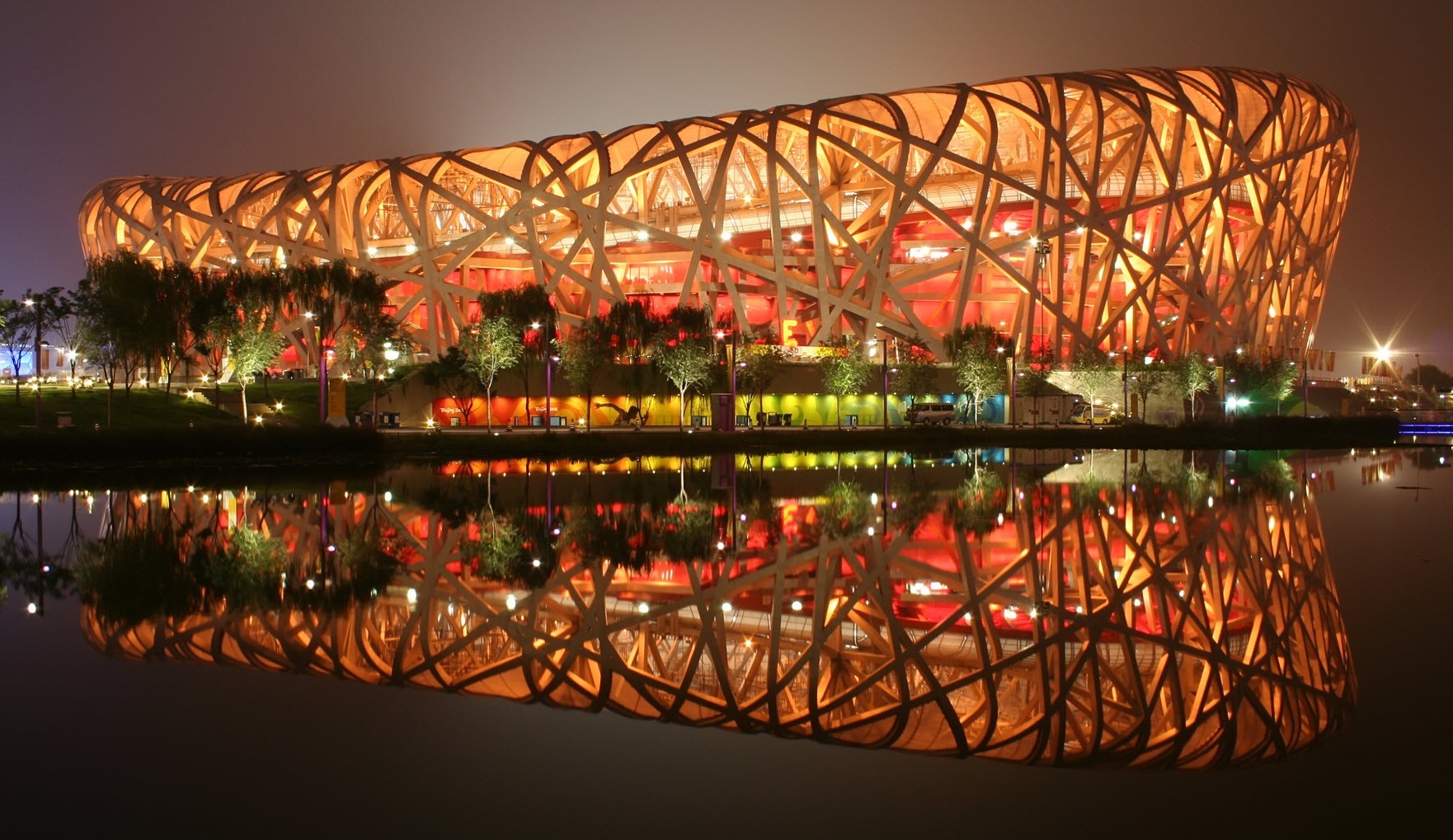
The Beijing National Stadium, commonly known as the Bird’s Nest, stands as a symbol of modern China. Designed by Swiss architects Herzog & de Meuron in collaboration with Chinese artist Ai Weiwei, this stadium was built for the 2008 Summer Olympics. Its distinctive lattice-like structure, reminiscent of a bird's nest, is both visually stunning and structurally innovative. The design utilizes 42,000 tons of steel, making it one of the most complex steel structures ever constructed. The stadium's unique form not only enhances its aesthetic appeal but also provides exceptional structural stability, capable of withstanding seismic activity. The Bird’s Nest is more than just an architectural feat; it is a cultural icon that represents China's emergence as a global powerhouse. Its design incorporates elements of traditional Chinese art and philosophy, creating a harmonious blend of the old and the new. The stadium's interior is equally impressive, with a seating capacity of 80,000 and state-of-the-art facilities that cater to a variety of events. Since the Olympics, the Bird’s Nest has hosted numerous sporting events, concerts, and cultural festivals, solidifying its status as a premier destination for entertainment and tourism. Visitors from around the world flock to Beijing to witness this architectural marvel, drawn by its beauty and the promise of unforgettable experiences.
2. The Futuristic Allianz Arena: Munich, Germany
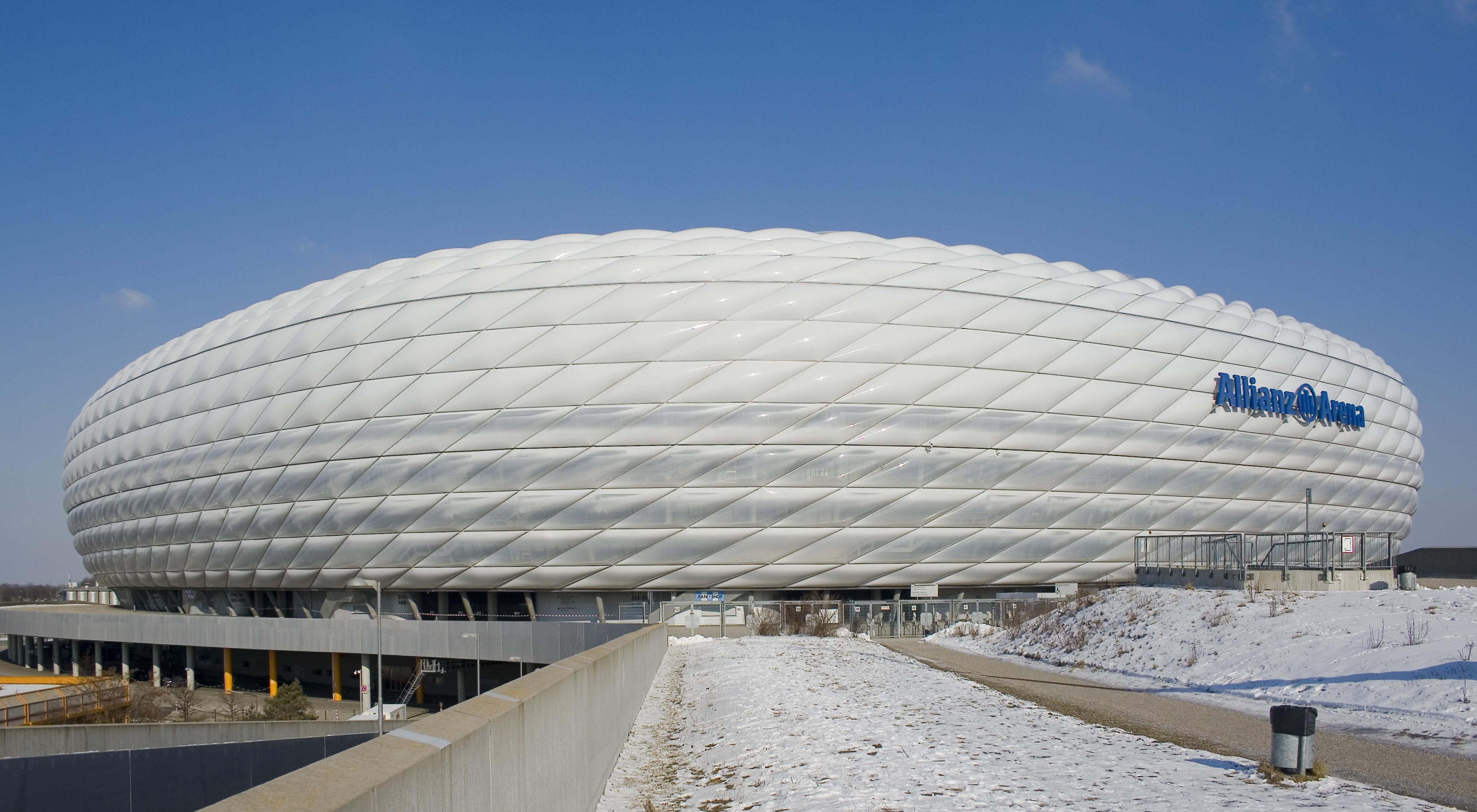
The Allianz Arena in Munich, Germany, is a beacon of modern architecture and engineering. Designed by Herzog & de Meuron, the same architects behind the Bird’s Nest, the stadium is renowned for its revolutionary façade. The exterior is composed of inflated ETFE plastic panels that can change color, allowing the stadium to glow in different shades depending on the event. This dynamic feature not only enhances the visual impact of the stadium but also serves as a powerful branding tool, as it can display the colors of the home team, FC Bayern Munich, or other event-specific hues. Inside, the Allianz Arena offers a seating capacity of 75,000, with every seat designed to provide an unobstructed view of the action. The stadium's design prioritizes fan experience, with ample amenities, easy access, and cutting-edge technology that enhances the viewing experience. The arena's acoustics are meticulously engineered to amplify the sound of cheering fans, creating an electrifying atmosphere that elevates any event held within its walls. Beyond sports, the Allianz Arena has become a cultural landmark in Munich, attracting tourists and architecture enthusiasts eager to experience its futuristic design firsthand.
3. The Historic Maracanã Stadium: Rio de Janeiro, Brazil
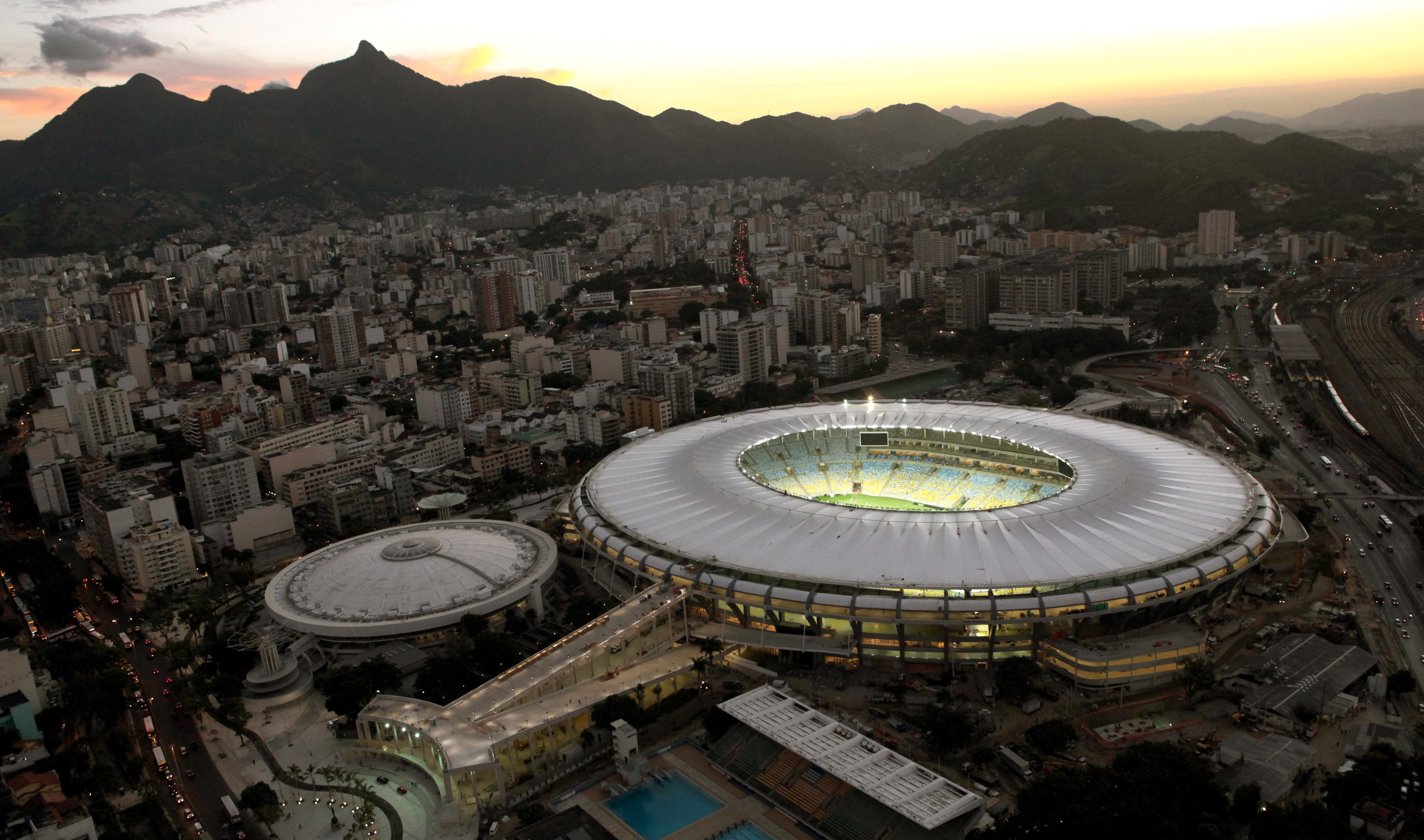
Few stadiums hold as much historical significance as the Maracanã Stadium in Rio de Janeiro, Brazil. Originally built for the 1950 FIFA World Cup, the Maracanã has witnessed countless iconic moments in sports history. With a seating capacity of over 78,000, it remains one of the largest stadiums in South America. Its distinctive circular design and open-air structure reflect the vibrant spirit of Brazilian culture, creating an atmosphere that is both welcoming and exhilarating. The Maracanã is not just a venue for sports; it is a cultural institution that has hosted some of the most significant events in Brazil. From legendary football matches to concerts by international superstars, the stadium has played a central role in shaping the country's cultural landscape. Its recent renovations have modernized the facilities while preserving the historical elements that make the Maracanã so iconic. Visitors to Rio de Janeiro often include a tour of the stadium in their itinerary, eager to experience the energy and history that permeate its walls.
4. The Architectural Wonder of Estadio Azteca: Mexico City, Mexico
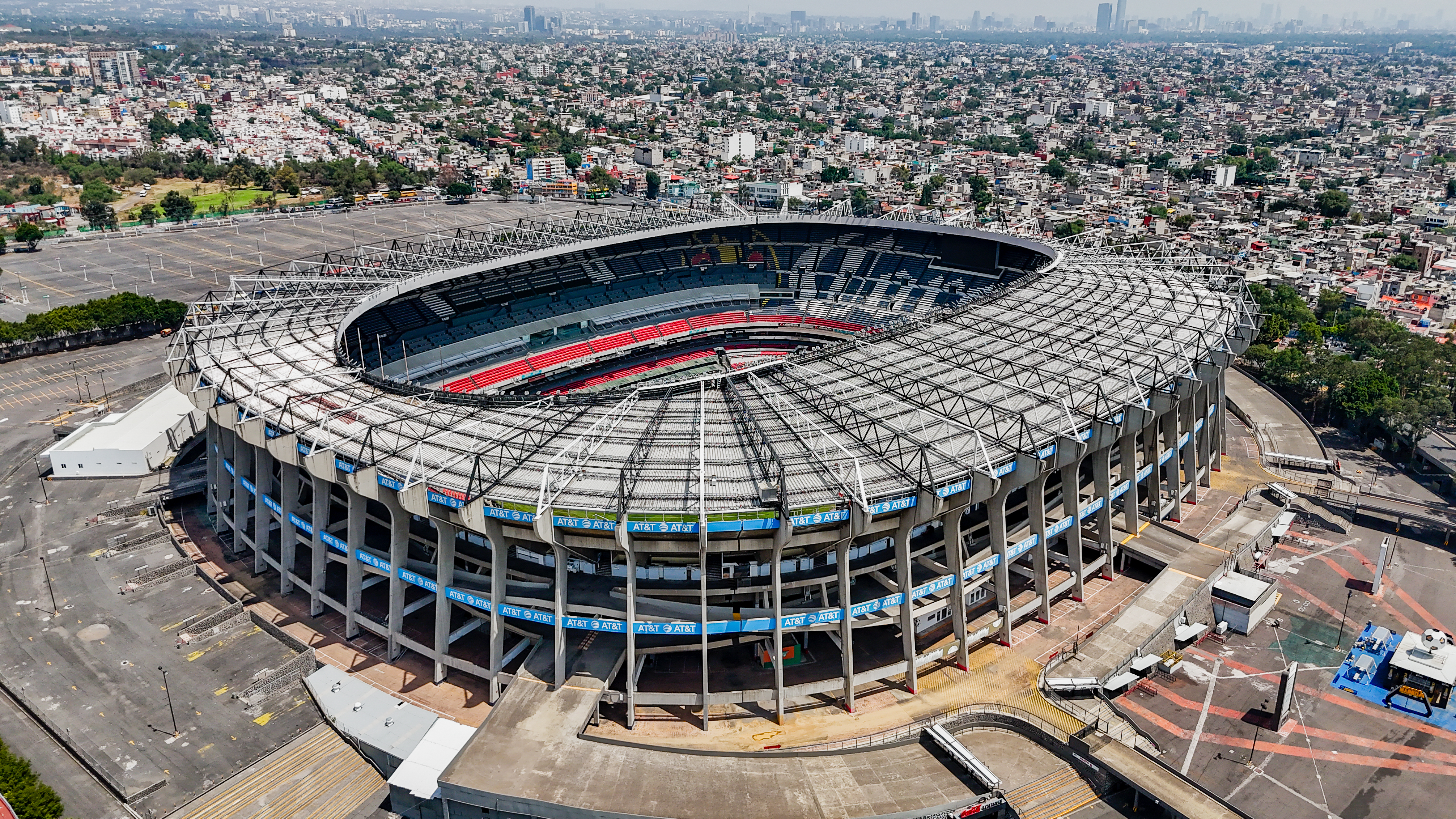
Estadio Azteca in Mexico City is a testament to the grandeur of Mexican architecture and engineering. As the only stadium to have hosted two FIFA World Cup finals, in 1970 and 1986, it holds a special place in the hearts of football fans worldwide. With a seating capacity of over 87,000, it is one of the largest stadiums in the world. The design of Estadio Azteca reflects the rich cultural heritage of Mexico, with elements inspired by ancient Aztec architecture. The stadium's construction was a monumental feat, involving thousands of workers and innovative engineering techniques to create a structure that could accommodate such a large number of spectators. Its design prioritizes visibility and acoustics, ensuring that every fan has an optimal viewing experience. Beyond sports, Estadio Azteca has hosted numerous concerts and events, solidifying its status as a premier venue in Mexico City. For visitors, a trip to Estadio Azteca offers a glimpse into the passion and history that define Mexican culture, making it a must-see destination for anyone traveling to the region.
5. The Technological Marvel of AT&T Stadium: Arlington, USA

AT&T Stadium, home to the Dallas Cowboys, is a technological marvel that redefines the stadium experience. Located in Arlington, Texas, this stadium is renowned for its impressive retractable roof and massive high-definition video board, which was the largest in the world at the time of its installation. Designed by the architectural firm HKS, Inc., AT&T Stadium combines cutting-edge technology with luxurious amenities to create an unparalleled experience for fans and visitors. The stadium's design focuses on versatility, allowing it to host a wide range of events beyond football, including concerts, basketball games, and even rodeos. Its retractable roof and flexible seating arrangements make it one of the most adaptable stadiums in the world. Inside, the stadium offers a plethora of amenities, from upscale dining options to interactive fan experiences, ensuring that every visitor has a memorable time. AT&T Stadium is not just a venue; it is a destination that attracts millions of visitors each year, eager to experience its technological innovations and world-class events.
6. The Sustainable Design of Mercedes-Benz Stadium: Atlanta, USA

Mercedes-Benz Stadium in Atlanta, Georgia, sets a new standard for sustainable design in sports architecture. Opened in 2017, this stadium is the first in the world to achieve LEED Platinum certification, the highest level of sustainability recognition. Designed by the architectural firm HOK, the stadium features a unique retractable roof that resembles a camera shutter, allowing it to open and close in a matter of minutes. This innovative design not only enhances the stadium's aesthetic appeal but also improves energy efficiency. Sustainability is at the core of Mercedes-Benz Stadium's design, with features such as rainwater harvesting, solar panels, and energy-efficient lighting systems. The stadium's commitment to sustainability extends beyond its architecture, with initiatives aimed at reducing waste and promoting environmental awareness among fans and visitors. As a result, Mercedes-Benz Stadium has become a model for sustainable stadium design, attracting visitors from around the world who are interested in its eco-friendly features and cutting-edge technology. For those visiting Atlanta, a trip to Mercedes-Benz Stadium offers a glimpse into the future of sustainable architecture and the exciting possibilities it holds.
7. The Cultural Fusion of FNB Stadium: Johannesburg, South Africa

FNB Stadium, also known as Soccer City, is a cultural landmark in Johannesburg, South Africa. Originally built for the 2010 FIFA World Cup, the stadium's design draws inspiration from traditional African pottery, with a distinctive calabash shape that sets it apart from other stadiums. The architectural firm Boogertman + Partners, in collaboration with Populous, designed the stadium to reflect the rich cultural heritage of South Africa, creating a structure that is both visually striking and culturally significant. The stadium's façade is composed of a mosaic of earthen colors, reminiscent of the African landscape, while its interior offers state-of-the-art facilities and seating for over 94,000 spectators. FNB Stadium is not just a venue for sports; it is a cultural hub that hosts a wide range of events, from football matches to concerts and political rallies. Its design celebrates the diversity and vibrancy of South African culture, making it a must-see destination for visitors to Johannesburg. For those exploring the rich history and culture of South Africa, FNB Stadium offers a unique opportunity to experience the country's passion and creativity firsthand.
8. The Innovative Design of National Stadium: Singapore
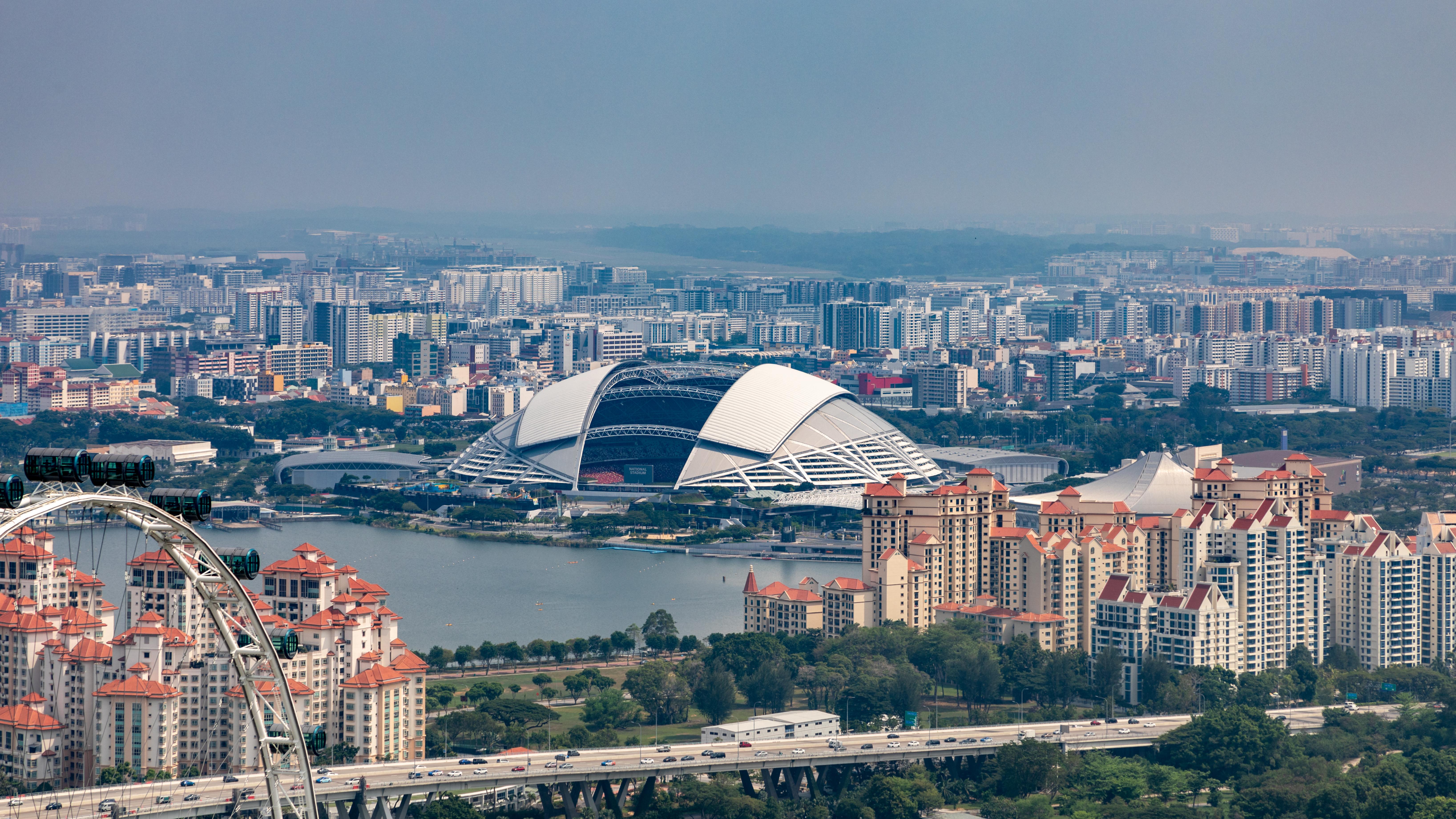
Singapore's National Stadium is a marvel of modern engineering and design, showcasing the city's commitment to innovation and excellence. Opened in 2014, the stadium is part of the Singapore Sports Hub, a state-of-the-art complex that includes facilities for a wide range of sports and entertainment events. Designed by the architectural firm Arup Associates, the stadium features a retractable roof and a movable seating system, allowing it to transform to accommodate different types of events. The stadium's design prioritizes sustainability and energy efficiency, with features such as a natural ventilation system and energy-saving lighting. Its retractable roof is the largest in the world, providing shelter from Singapore's tropical climate while allowing natural light to illuminate the interior. The National Stadium is not just a venue for sports; it is a symbol of Singapore's ambition and innovation, attracting visitors from around the world who are eager to experience its cutting-edge design and world-class events. For those visiting Singapore, the National Stadium offers a glimpse into the future of stadium architecture and the exciting possibilities it holds.
9. The Timeless Beauty of Wembley Stadium: London, England
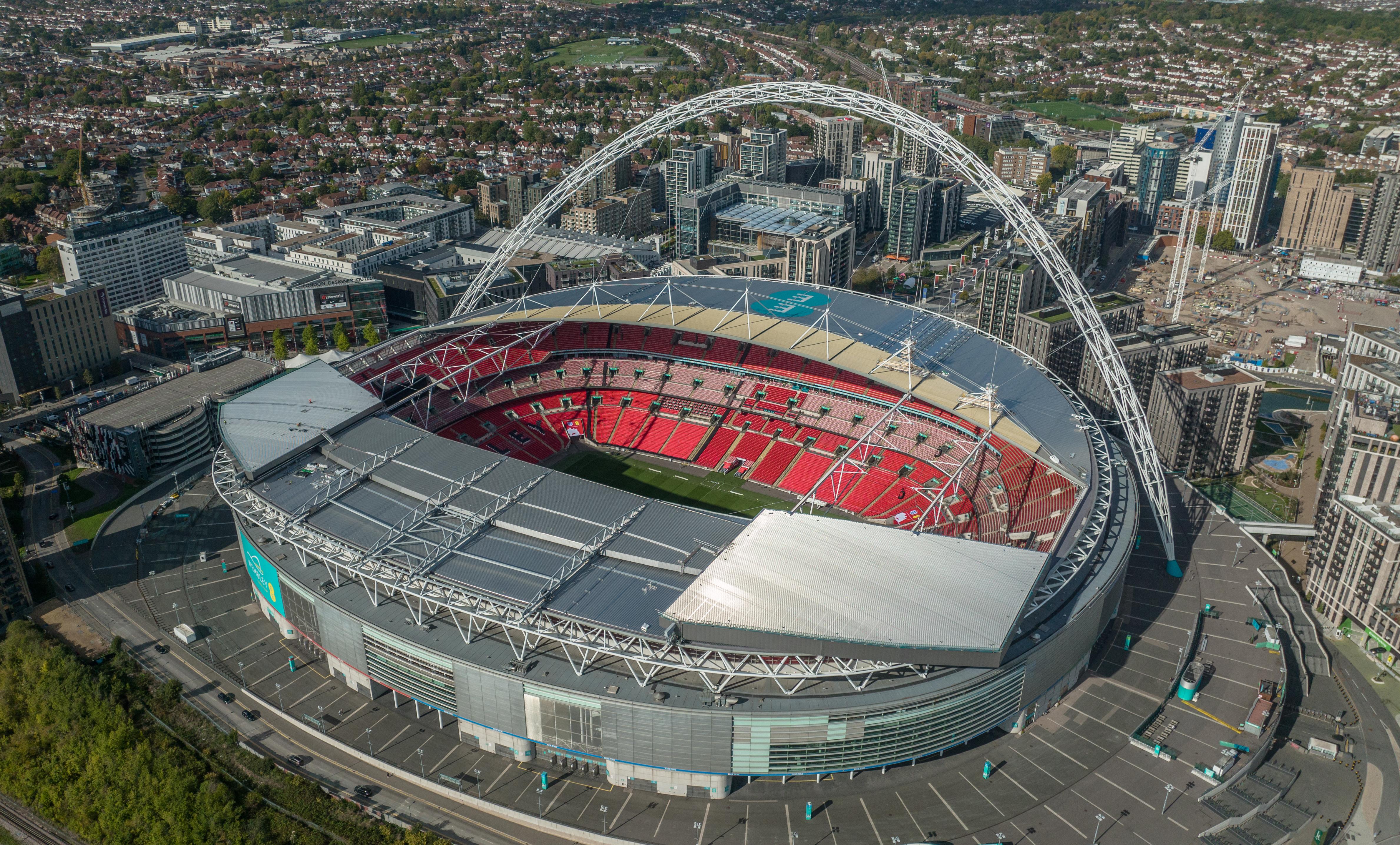
Wembley Stadium in London is one of the most iconic stadiums in the world, known for its rich history and timeless beauty. Originally opened in 1923 and rebuilt in 2007, the stadium is home to the England national football team and hosts major events such as the FA Cup Final and the UEFA Champions League Final. Designed by the architectural firm Foster + Partners, the new Wembley Stadium features a striking arch that spans the length of the stadium, creating a distinctive silhouette that is instantly recognizable. The stadium's design combines modern amenities with elements of traditional British architecture, creating a venue that is both functional and aesthetically pleasing. With a seating capacity of 90,000, Wembley Stadium is one of the largest stadiums in Europe, offering world-class facilities and an unparalleled experience for fans and visitors. Beyond sports, Wembley Stadium is a cultural landmark that hosts concerts, events, and exhibitions, attracting millions of visitors each year. For those exploring the rich history and culture of London, a visit to Wembley Stadium offers a unique opportunity to experience the city's passion for sports and entertainment firsthand.
10. The Vibrant Atmosphere of Camp Nou: Barcelona, Spain
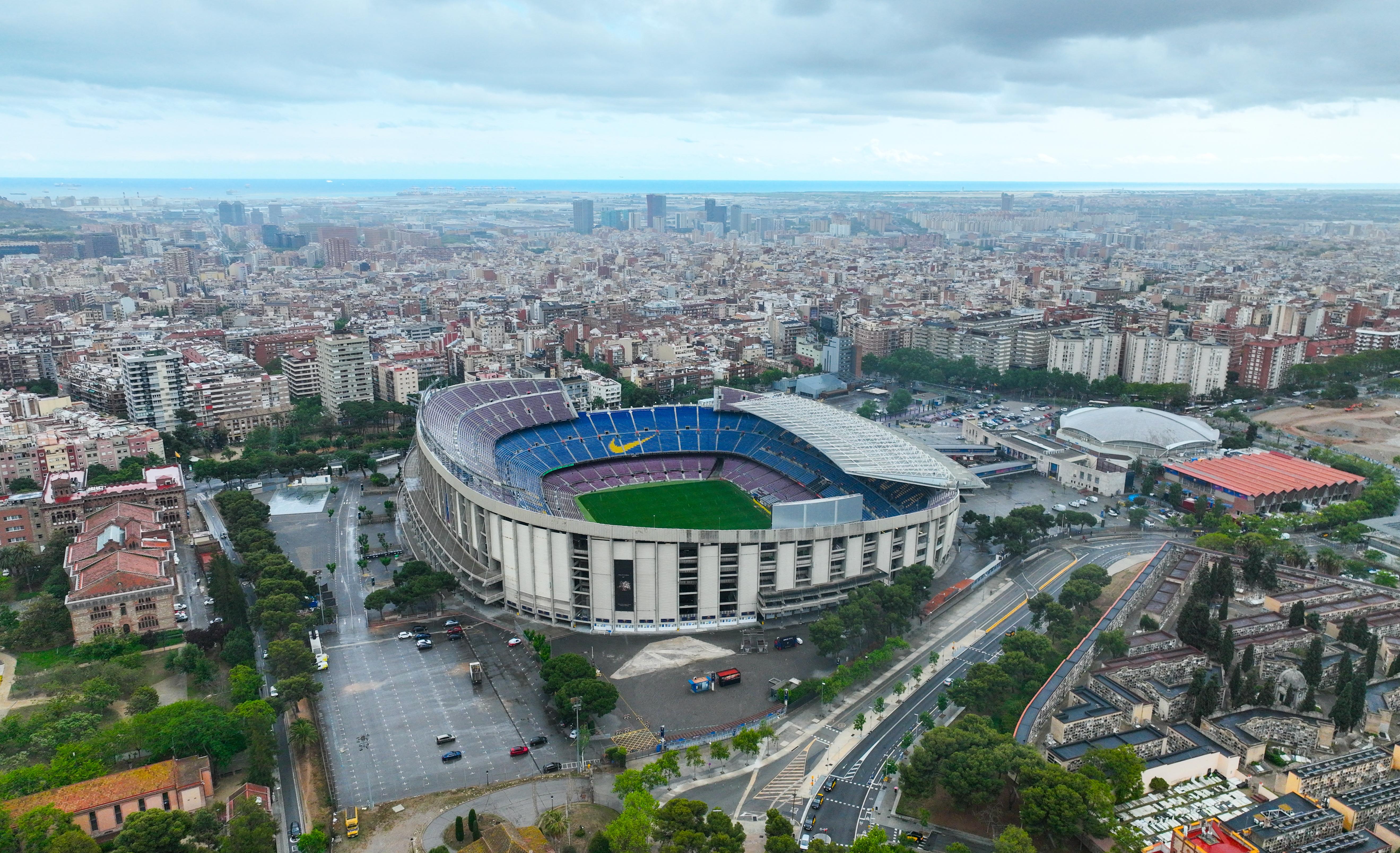
Camp Nou in Barcelona, Spain, is a legendary stadium that embodies the passion and spirit of football. Home to FC Barcelona, one of the most successful football clubs in the world, Camp Nou is renowned for its vibrant atmosphere and passionate fans. With a seating capacity of over 99,000, it is the largest stadium in Europe, offering an unparalleled experience for spectators and visitors. The stadium's design prioritizes visibility and acoustics, ensuring that every fan has an optimal viewing experience and can feel the energy of the crowd. Beyond its architectural features, Camp Nou is a cultural institution that reflects the rich history and identity of Barcelona. The stadium hosts a wide range of events, from football matches to concerts and cultural festivals, attracting visitors from around the world who are eager to experience its unique atmosphere and world-class events. For those visiting Barcelona, a trip to Camp Nou offers a glimpse into the city's passion for football and the vibrant culture that defines it.
11. The Unique Allure of San Siro Stadium: Milan, Italy

San Siro Stadium in Milan, Italy, is a testament to the enduring allure of Italian architecture and design. Originally opened in 1926 and renovated several times since, the stadium is home to two of Italy's most successful football clubs, AC Milan and Inter Milan. With a seating capacity of over 75,000, San Siro is one of the largest stadiums in Italy, offering a unique blend of history and modernity. The stadium's design features a distinctive cylindrical structure with red girders that give it an industrial yet elegant appearance. Its interior offers state-of-the-art facilities and an electrifying atmosphere that elevates any event held within its walls. Beyond sports, San Siro is a cultural landmark that hosts concerts, events, and exhibitions, attracting visitors from around the world who are eager to experience its unique charm and world-class events. For those exploring the rich history and culture of Milan, a visit to San Siro Stadium offers a unique opportunity to experience the city's passion for sports and entertainment firsthand.
The Enduring Legacy of Stadium Architecture
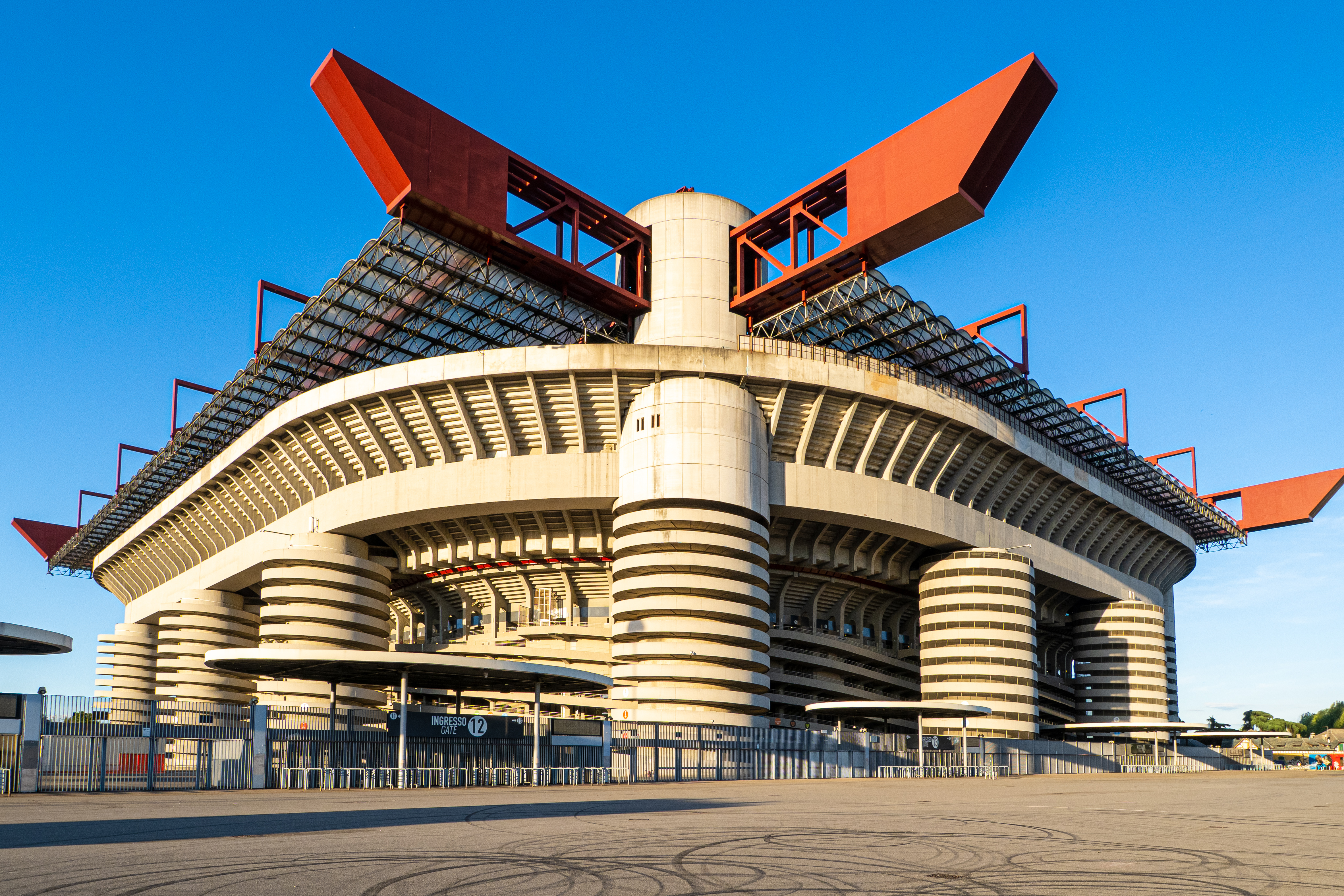
As we conclude our journey through these 11 stunning stadiums, it becomes clear that they are more than just venues for sports and entertainment. They are architectural masterpieces that reflect the culture, ambition, and technological prowess of their creators. Each stadium tells a unique story, from the innovative use of sustainable materials to the celebration of local culture and history. These structures are designed to awe and inspire, drawing visitors from around the world to witness their splendor firsthand. The enduring legacy of stadium architecture lies in its ability to transcend the boundaries of sports and become cultural landmarks that shape the identity of their cities and countries. As we look to the future, it is exciting to imagine the possibilities that lie ahead for stadium design, as architects and engineers continue to push the boundaries of what's possible. For those who have had the opportunity to witness the breathtaking beauty of these stadiums, the experience is unforgettable, leaving a lasting impression that transcends the events held within their walls.

